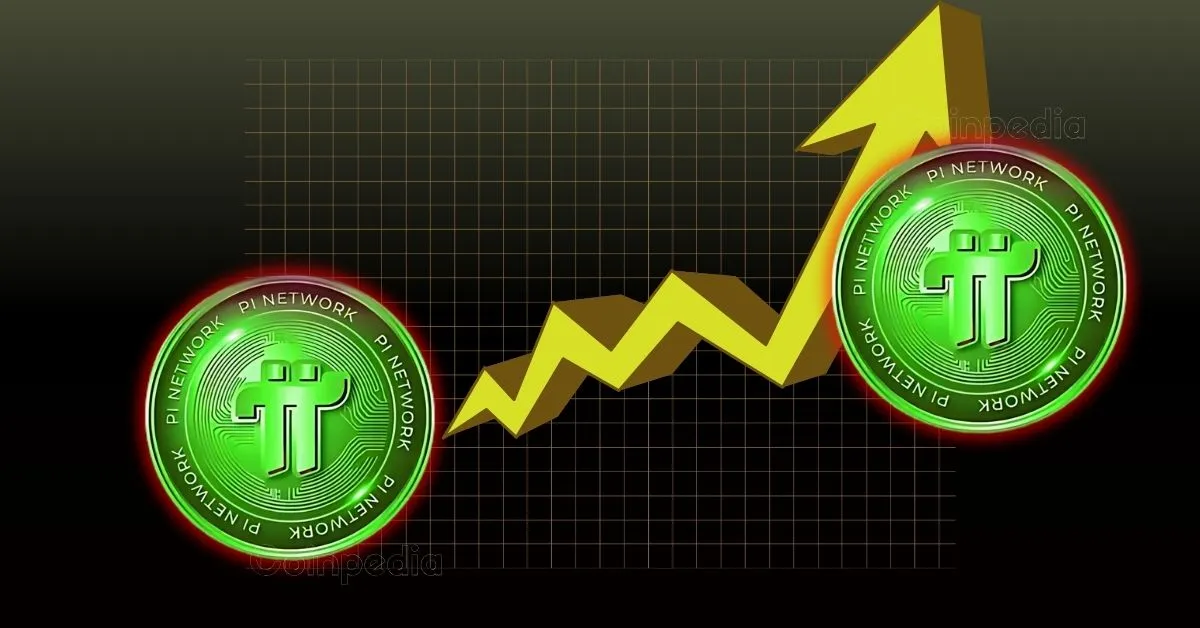
The Pi Network Paradox: When “Compliance” Meets Crypto Carnage
Yo, let’s talk about Pi Network—the latest “revolutionary” project that’s got crypto bros sweating over KYB forms like it’s tax season. On paper, it’s the golden child of compliance, forcing exchanges to play by the rules. But peel back the glossy PR, and you’ll find a classic bubble waiting for a pin. Buckle up, folks. This one’s a rollercoaster of hype, restrictions, and the inevitable *pop*.
—
KYB: The Compliance Mirage
Pi Network’s big flex? Strong-arming exchanges like OKX and Bitget into adopting *Know Your Business* (KYB) protocols. They’re framing it as a “trust-building” masterstroke—like a bouncer checking IDs at a speakeasy. Sure, it sounds noble: verify businesses, curb fraud, and voilà—a “clean” crypto ecosystem. But here’s the kicker: since when did crypto’s anarcho-libertarian crowd start fetishizing paperwork?
The irony is thicker than a Wall Street bonus. Pi’s preaching compliance while its token dances on the edge of regulatory purgatory. Isolated listings? Restricted regions? That’s not innovation—it’s a *geofenced ghost town*. And let’s not pretend this KYB theater protects anyone. Crypto’s dirtiest hacks happened on “compliant” platforms (*cough* Mt. Gox *cough*). Compliance isn’t a shield; it’s a fig leaf for institutional FOMO.
—
The Listing Circus: Volatility as a Feature, Not a Bug
PI tokens finally hit OKX, and the market reacted like a caffeinated squirrel—spiking, crashing, and leaving bagholders clutching their screens. The “isolated listing” model? A fancy way of saying, *”You can play, but only if you’re not from* *these* *countries.”* Translation: Pi Network’s “mass adoption” dream has more holes than a meme coin’s whitepaper.
And oh, the volatility! PI’s price swung harder than a pendulum at a hypnotist convention. But here’s the dirty secret: this isn’t a bug—it’s crypto’s business model. New listings = artificial scarcity = pump-and-dump buffet. Exchanges win, whales win, and retail? They get the bill. Pi’s team might tout “sustainability,” but the trading charts scream *”exit liquidity.”*
—
The Compliance Trap: Innovation vs. Institutional Handcuffs
Pi Network’s real test isn’t adoption—it’s *survival*. By cozying up to regulators, they’re betting the farm on a risky premise: that crypto can out-legacy the legacy system. But history’s brutal. Remember Ripple? Still fighting the SEC with a broomstick. Or Libra? Zucked into oblivion by red tape.
Meanwhile, Pi’s “strict compliance” looks suspiciously like a desperate bid for legitimacy. KYB won’t stop rug pulls, and isolated listings won’t magically stabilize prices. If anything, they’re proof that Pi’s caught between two worlds: too centralized for crypto purists, too crypto for regulators. That’s not a sweet spot—it’s quicksand.
—
“Boom.” Here’s the takeaway: Pi Network’s playing a dangerous game of dressing up speculation as progress. Compliance theater? Check. Artificial scarcity? Check. A community split between moonboys and skeptics? Double-check. The project’s fate hinges on whether it can outrun its own contradictions—or if it’ll just be another cautionary tale in crypto’s graveyard of “next big things.”
So keep an eye on that PI chart, folks. And maybe—just maybe—save some cash for those clearance-rack shoes when the bubble bursts. *Again.*






